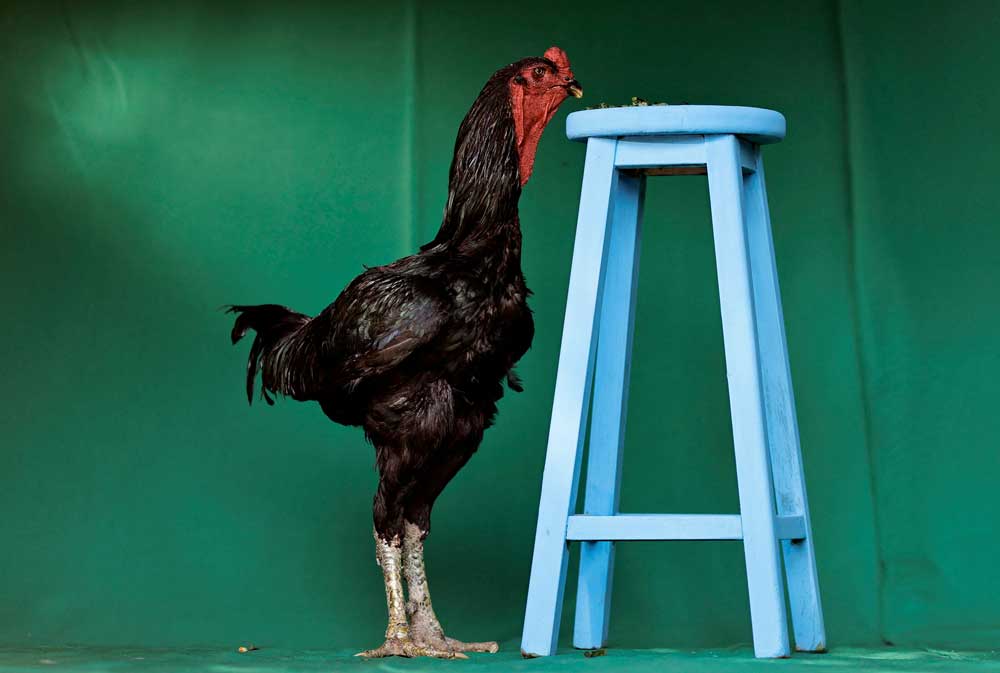A Brazilian poultry producer has taken his hobby of raising a giant Indian breed of rooster that reaches a height of 1.2 metres into a very profitable business in the poultry farming sector.
About 20 years ago, when Rubens Braz started raising poultry, he could not have imagined the scale that raising these birds would reach both in terms of financial income or the size of his animals.
The breeder said that his company Avicultura Gigante (or ‘Giant Poultry Farming’) produces birds that can be sold for €4,000 as a pure breed. This is about a thousand times the cost of a regular chicken.
One of the biggest breeds in the world
The Índio Gigante (or Giant Indian) is a breed of domestic chicken developed in Brazil. It is one of the biggest chicken breeds in the world, especially regarding its height, which is the result of crossing free-range breeds with combat breeds. According to Braz, the breed is rustic and has outstanding meat and egg productivity levels.
The breed, which is one of the heaviest in the world, is recommended for ornamentation and for crossing with other breeds to improve breeding stock. While the males reach 1.2 m tall, the females reach 1 m in height.
These gigantic poultry, which are await formal recognition as a new breed, are attracting the interest of many Brazilian producers.
“At first it was a hobby. Then other breeders became interested and today we have a profitable commercial operation,” said Braz in an interview at one of his farms in the state of Goiás.
Niche market
Keeping his hobby for decades, he raises giant roosters for small-scale agriculture and makes a living from growing sales throughout the country. As for prices, a dozen eggs costs €60, while a 6-month chicken costs €70.
Avicultura Gigante remains a niche player in Brazil, which has also been affected by the global avian influenza crisis, limiting the transport of live animals in Brazil. Braz therefore focuses on supplying fertilised eggs to nearby producers. His farm is home to around 300 giant roosters and hens.
While this is not enough to satisfy the meat industry, he said there is a lot of demand from producers seeking to reinforce their free-range chicken flocks.

